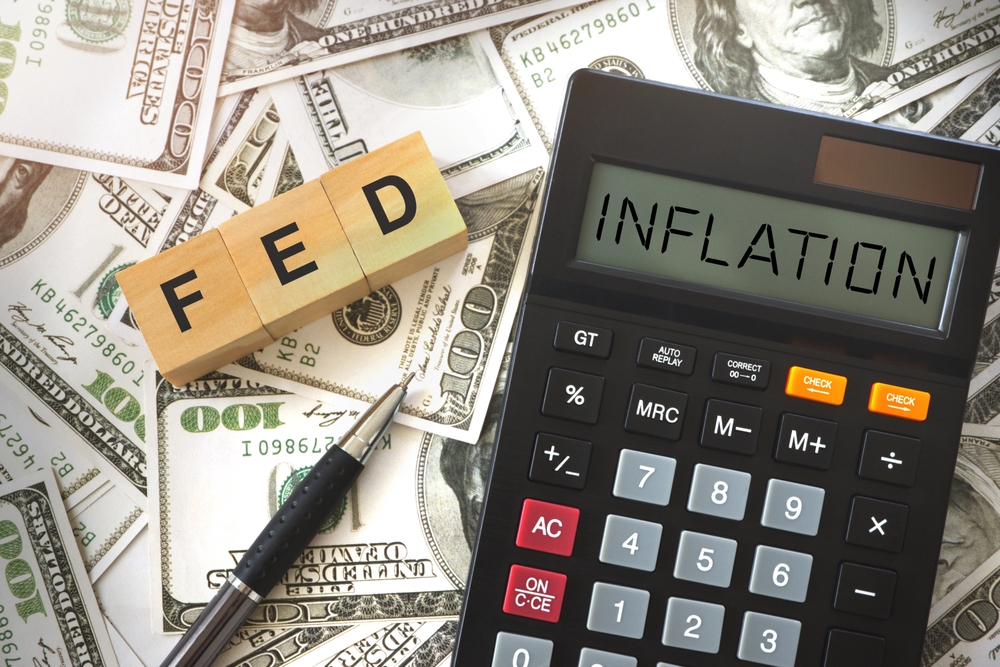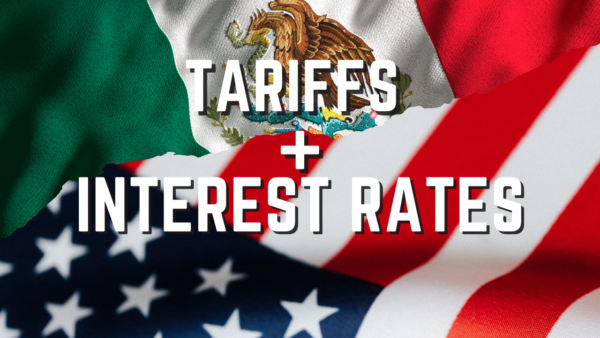The inflation data during the second half of last year were, in various ways, too good to be true. The unsustainably good inflation news during the second half led to excessive optimism in the markets (fed to a large extent by guidance from the Federal Reserve) about the prospects for rate cuts this year. Now we are facing the mirror image of that situation in the form of disappointingly high inflation readings during the first three months of this year.
There is a good chance that the data are not as bad as they appear to be and that we are also now seeing an overreaction as the market moves toward the view that the Fed may not be able to ease at all this year.
Inflation Data and the Core CPI (Consumer Price Index)
In 2023, the core CPI (which excludes food and energy) slowed significantly from the first half, when it averaged 0.37% per month, to the second half, when it averaged 0.27% per month. In the first three months of this year, the core CPI increased by 0.37% per month, reversing the progress made in the second half. As a result, the Federal Open Market Committee (FOMC) has signaled that it is putting any easing of monetary policy on hold until it has a clearer picture of inflationary trends.
When divergences in core inflation, such as the one between the second half of last year and the first three months of this year, occur, it is important to identify where they are occurring. Sometimes they occur in categories with a lot of noise or volatility. Other times they occur in categories where such shifts are more meaningful in the sense that they are likely to persist. The phrase noise-to-signal ratio is sometimes used to make this distinction. In this particular case, the changes have come in a small number of highly volatile categories (with high noise-to-signal ratios) and are unlikely to persist.
Inflation Data Volatility
One category that exemplifies this volatility is lodging-away-from-home, which mostly reflects the cost of staying at a hotel or motel. During the first six months of 2023, this category increased by 0.3% per month. In the second half, it decreased by 0.3% per month. In the first three months of this year, it increased by 0.7% per month.
Such swings are not unusual for this category. Price increases tend to get reversed after a few months. A similar pattern can be found in airfares, which fell sharply for a time in 2023 but have been rising this year. Upside surprises in these and a handful of other categories with high noise-to-signal ratios have been the main factors behind the higher core inflation readings seen so far this year. We expect core inflation to normalize over the next few months. This means increases in the core CPI that look much more like those seen in the second half of last year.
As these aberrations even out, we anticipate that the Federal Open Market Committee (FOMC) will be sufficiently reassured to begin easing in the second half of the year. The amount of easing over 2024-2026 will probably be less than currently being projected by the FOMC. But some easing will take place and it will likely begin in the second half.
Too-good-to-be-true inflation data in the second half of last year led to the following warning in this column four months ago: “There is a significant risk, however, that the declaration of victory over inflation is premature.” Now the opposite is happening, accompanied by an excessively pessimistic view about the prospects for an easing of monetary policy later this year. The economy’s underlying performance (with respect to both growth and inflation) has been a good deal more stable than market sentiment.
To some extent the recent gyrations in inflation do reinforce the case that it will take a fairly long time (probably not until 2026) before inflation returns to the Federal Reserve’s 2% objective. There will be more twists and turns along the way. Caution in easing monetary policy is warranted under these circumstances. What was unwarranted was the haste to do so that developed towards the end of last year.





